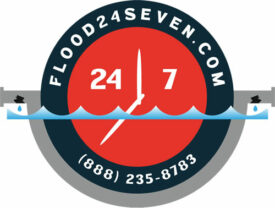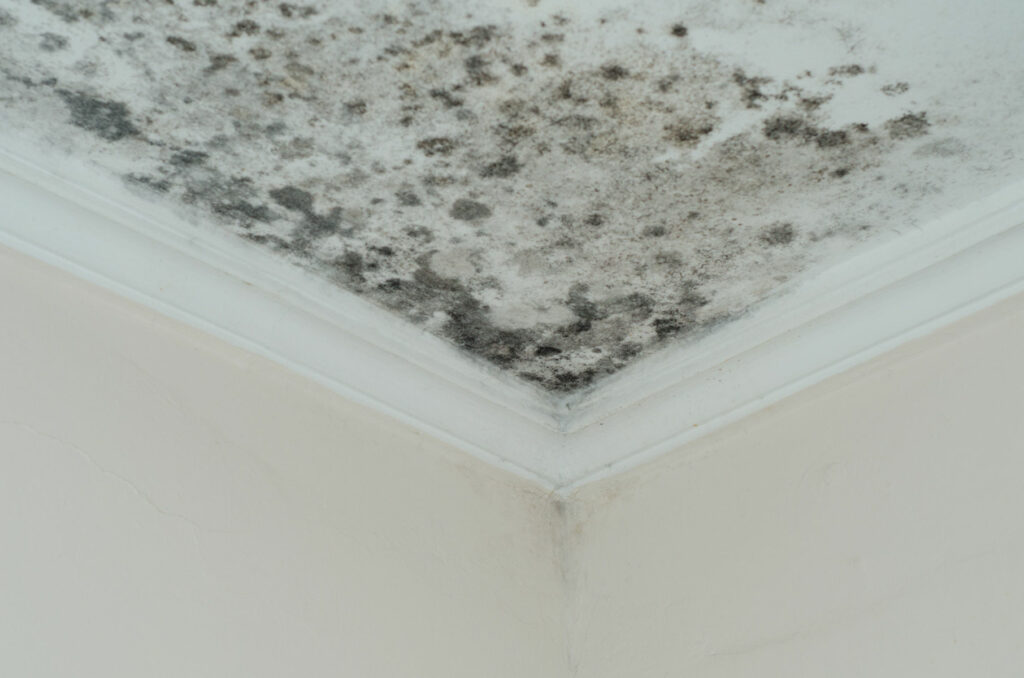If you are experiencing water damage in your Long Island home or business, one of the most concerning issues that can arise is mold growth. Mold can cause a variety of health problems and can contaminate food, making it important to address the issue as quickly as possible. Flood 24/7 specializes in water, flood, and mold removal services, with a specific focus on mold remediation from water damage.
Different Types Of Mold to Look Out For After Water Damage
After experiencing water damage in your home or office, it is important to be aware of the different types of mold that can grow. Here are some common types of mold to look out for:
1. Stachybotrys Chartarum (Black Mold): This is one of the most well-known and dangerous types of mold. It appears as black or dark green patches and can produce toxins that are harmful to human health.
2. Aspergillus: This type of mold can come in various colors, such as green, yellow, or brown. It is commonly found in damp environments and can cause respiratory issues, especially in individuals with weakened immune systems.
3. Penicillium: This mold can vary in color, ranging from blue, green, or white. It commonly grows on water-damaged materials like wallpaper, carpet, and insulation. Exposure to Penicillium can cause allergic reactions and respiratory problems.
4. Cladosporium: Cladosporium mold is usually olive green or brown in color and can grow on different surfaces, including wood, fabrics, and carpets. It can cause respiratory symptoms and allergies.
5. Alternaria: Alternaria mold appears as dark green or brown spots and is commonly found in areas with high moisture, such as basements and bathrooms. Exposure to Alternaria can trigger allergic reactions and asthma attacks.
6. Fusarium: This mold can be pink, white, or red in color and is often found in water-damaged carpeting or insulation. It can cause eye, skin, and respiratory infections, especially in individuals with compromised immune systems.
7. Trichoderma: Trichoderma mold can be green or white and is commonly found in damp areas, such as bathrooms and kitchens. It can cause allergic reactions and respiratory problems.
It is important to note that mold growth can vary depending on the specific conditions and environment after water damage. If you suspect mold growth, it is advisable to seek professional assistance for proper identification and remediation.
Check for Mold after Water Damage
To check for mold after water damage in your residence or office, follow these steps:
1. Wear protective gear: Put on gloves, a mask, and goggles to protect yourself from the potential health hazards of mold exposure.
2. Inspect the affected areas: Look for visible signs of mold, such as black or green spots on walls, ceilings, or surfaces. Check hidden areas like behind furniture, inside cabinets, or under carpets.
3. Use your senses: Mold often has a musty odor. If you detect a strong and unpleasant smell in the affected area, it may indicate mold growth.
4. Check for water stains: Look for any discoloration or water stains on walls, ceilings, or floors. These can be indicators of previous or ongoing water damage that may have led to mold growth.
5. Monitor for moisture: Use a moisture meter or a moisture-detecting device to measure the moisture levels of surfaces and materials in the affected area. Mold thrives in damp environments, so high moisture levels can indicate potential mold growth.
6. Conduct a professional mold inspection: If you are unsure about the presence of mold or suspect a significant mold problem, it’s recommended to hire a professional mold inspector. They will use specialized equipment to accurately detect and assess mold growth.
We specialize in mold removal services, with a specific focus on mold remediation from water damage. Remember, visible mold is only part of the problem; there can be hidden mold behind walls or in other inaccessible areas. If you discover mold, it’s important to address the underlying water damage issue and consult professionals for proper remediation and cleanup.

